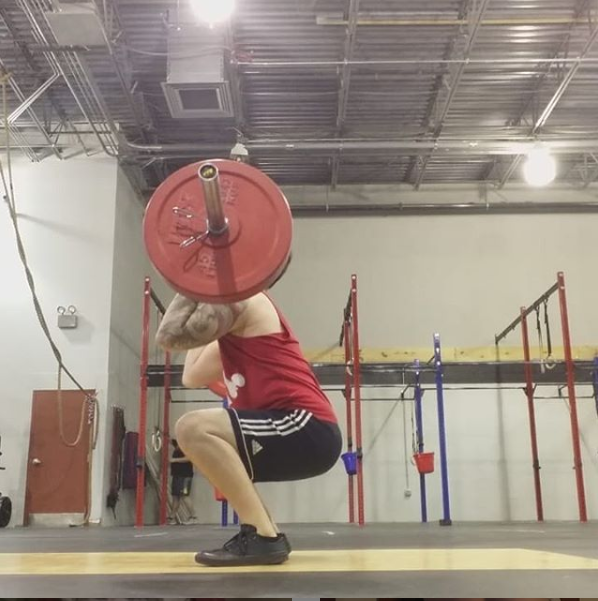Standing up and sitting down can become difficult as one ages. The difficulty of standing up is frequently caused by two things, weakness, injury or a combination thereof. Proper strength training has been repeatedly shown to have positive effects on injury recovery and prevention when appropriate and properly applied (Vincent, 2013).
Leg and core muscles aid in proper movement and stability when standing up or sitting down. When these muscles become weak, other muscles start to compensate. Standing compensations manifest commonly on a person relying on their hands to bear their body weight and then flopping down, not controlling their body weight. It is a vicious cycle. Your legs are weak, so you do not use them, so they get weaker, and so on. One of the best training modalities to improve standing up and sitting down skills is strength training. Lifting weights to get stronger and increase muscle mass will aid in both standing up and sitting down as well as easier activities of daily living.
In general, a minimally effective dosage of volume to improve is 8-12 sets a week for the leg muscles, broken up over two to three days. Exercise specificity tells us that squatting is the optimal exercise for skill and strength acquisition in the squat and similar movements. Not everyone can do a squat, so having a plan for exercise progression and regression is vital. Exercises like the squat, leg press, box squats, goblet squats, and their single leg variants can be very useful in these training mesocycles. You can apply training aids when necessary if squats are unattainable.
Example case study: An 83-year-old female cannot stand up without heavily relying on her arms to pull herself up. Exercise progression should always flow from the highest power output/highest skill movement to the lowest.
- Consider box squats anywhere from 5 to 15 reps here, with an aid allowing for her to pull herself up, but have her help as little as possible; this should be challenging.
- Next, after skill starts to degrade in the workout, regress the exercise to a leg press to tax more strength and less motor skill.
- Finish with some form of seated hamstring curls which require the least amount of central fatigue and motor skill.
The purpose of this progression is first to be specific and tax the problematic movement pattern, and second, as skill degrades, switch over to a less skilled movement to focus more on strength. As strength and skill progress, add in volume, weight, and exercise specificity and complexity. Overall strength and movement skills will improve the ability to perform daily living activities properly with the proper muscles.
References
Vincent, K. R., & Vincent, H. K. (2012). Resistance exercise for knee osteoarthritis. PM & R : the journal of injury, function, and rehabilitation, 4(5 Suppl), S45–S52.

